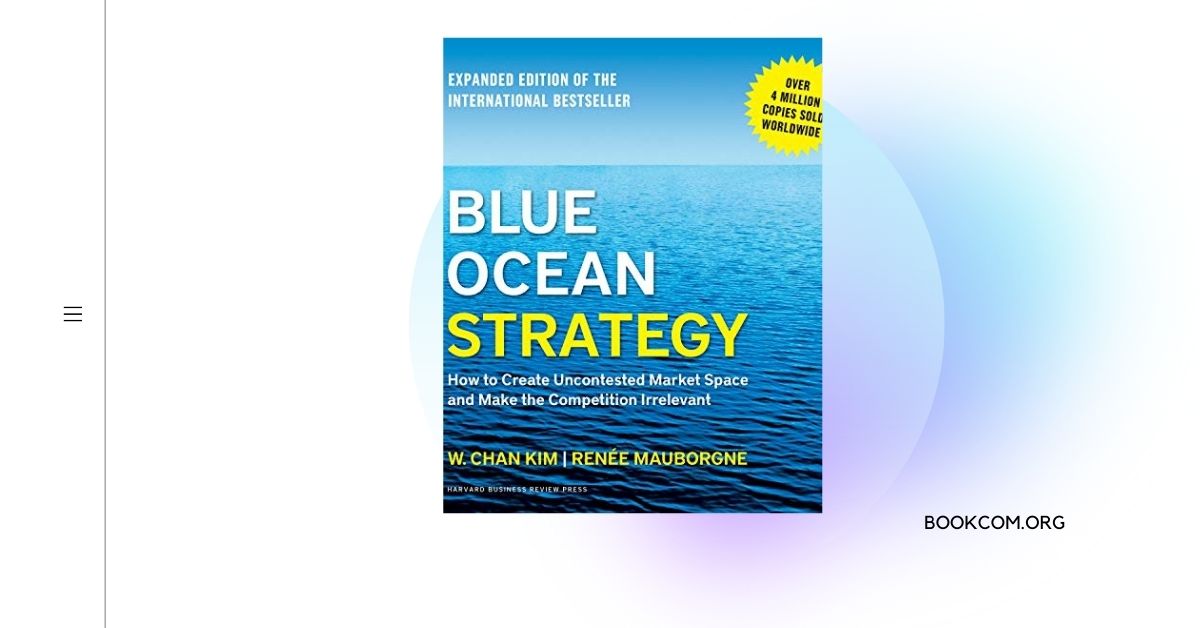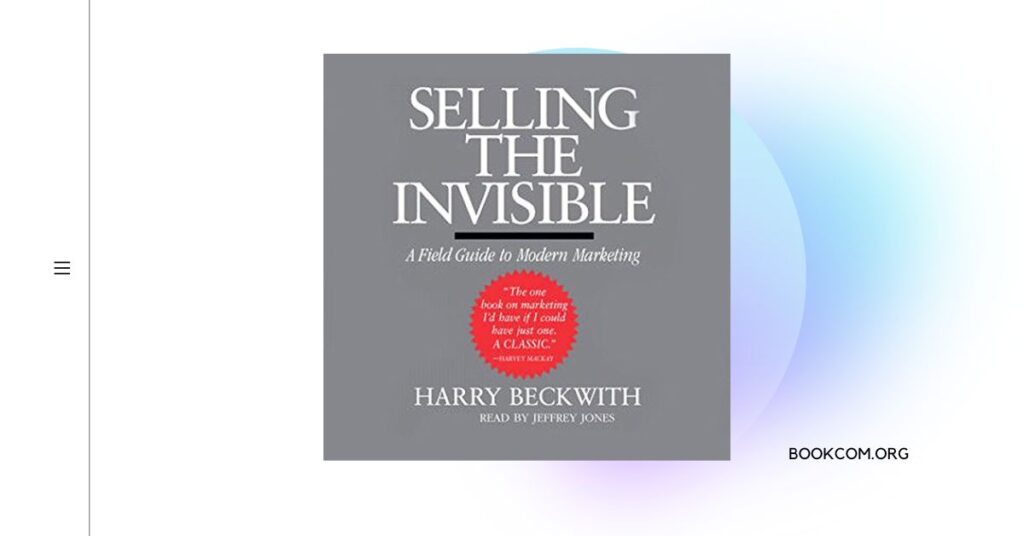“Blue Ocean Strategy” is a groundbreaking book that challenges conventional wisdom about competition and offers a fresh approach to creating uncontested market spaces. Written by W. Chan Kim and Renée Mauborgne, this book presents a framework for identifying and capitalizing on untapped market opportunities, referred to as “blue oceans.” In this summary, we will explore the key themes, notable concepts, and important takeaways from “Blue Ocean Strategy.”
Key Themes
Red Ocean vs. Blue Ocean: The book introduces the concept of red oceans, which represent existing industries with fierce competition and limited growth opportunities. In contrast, blue oceans represent untapped market spaces with ample growth potential. The authors emphasize the importance of shifting from red oceans to blue oceans to achieve long-term success and sustainable growth.
Value Innovation: “Blue Ocean Strategy” emphasizes the concept of value innovation, which involves creating new market spaces by simultaneously pursuing differentiation and low cost. The authors argue that value innovation allows companies to break free from the trade-off between differentiation and cost, leading to significant market advantages.
Strategy as a Systematic Process: The book outlines a systematic process for creating blue ocean strategies. It provides frameworks, tools, and practical examples to help readers understand how to identify and seize blue ocean opportunities. The authors highlight the need for strategic thinking, market insight, and organizational alignment to effectively implement blue ocean strategies.
Notable Concepts
Six Principles of Blue Ocean Strategy: The authors introduce six principles to guide the creation of blue ocean strategies. These principles include reconstructing market boundaries, focusing on the big picture rather than competing within existing industry boundaries, reaching beyond existing demand, aligning the entire value chain to support the new strategy, pursuing differentiation and low cost simultaneously, and creating a compelling tagline that communicates the new value proposition to customers.
Four Actions Framework: The book presents the Four Actions Framework as a tool for creating a blue ocean strategy. This framework encourages companies to eliminate, reduce, raise, and create new elements in their value proposition to differentiate themselves from competitors and create new market demand.
Value Innovation Matrix: The authors introduce the Value Innovation Matrix, which helps companies assess their current strategic position and identify opportunities for value innovation. The matrix highlights the importance of focusing on creating new market space rather than competing within existing markets.
Important Takeaways
Embrace Value Innovation: “Blue Ocean Strategy” emphasizes the importance of value innovation as a means to unlock new market opportunities. By simultaneously pursuing differentiation and cost reduction, companies can create uncontested market spaces and achieve sustainable growth.
Break Free from Industry Boundaries: The book encourages readers to think beyond traditional industry boundaries and explore new ways to create value for customers. By reconstructing market boundaries, companies can escape fierce competition and find untapped opportunities.
Systematic Approach to Strategy: “Blue Ocean Strategy” provides a systematic approach to strategy formulation and implementation. The authors offer practical frameworks and tools to help readers identify blue ocean opportunities, align their organizations, and effectively execute their strategies.
Also read:
Book Review: “Blue Ocean Strategy”by W. Chan Kim and Renée Mauborgne
For more information about the book, you can visit:



